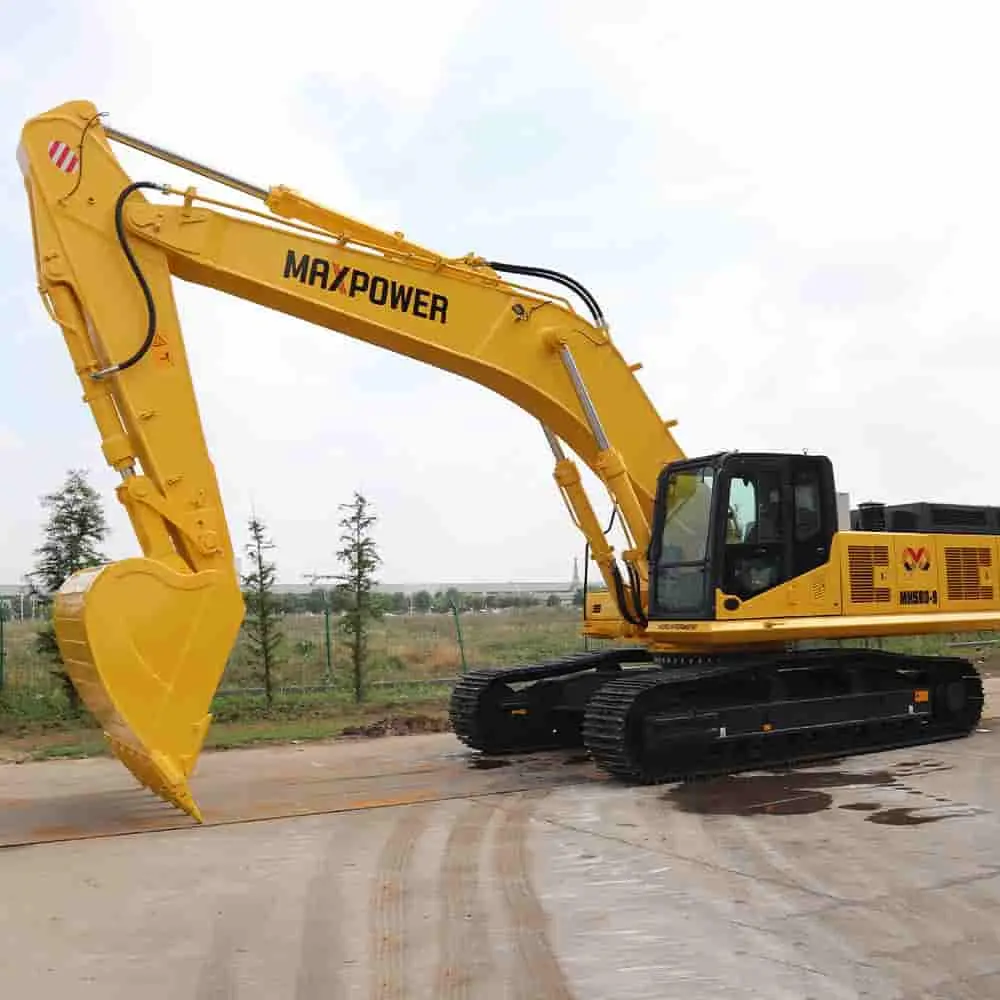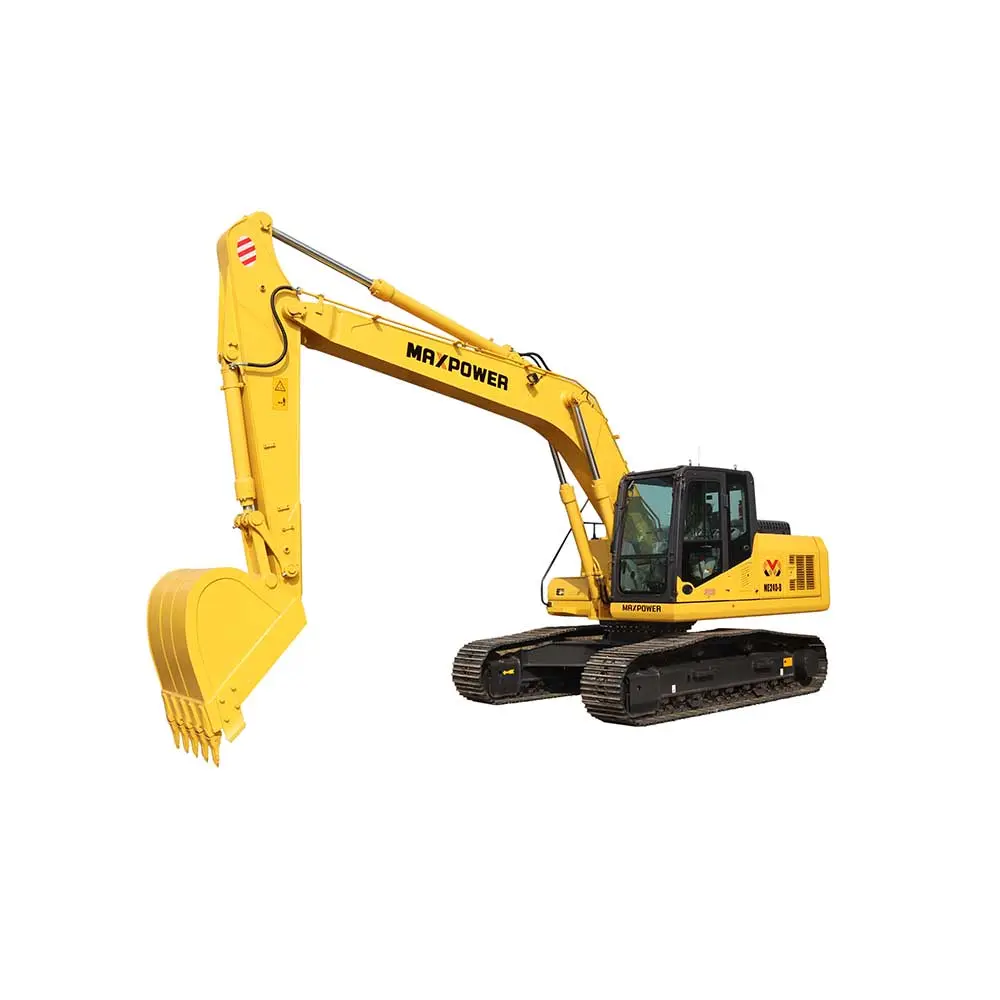Introduction
In the realm of heavy machinery, crawler excavators stand out as versatile and powerful equipment that play a vital role in various industries such as construction, mining, and forestry. These robust machines are known for their ability to tackle tough terrains and handle a wide range of tasks with efficiency and precision. In this comprehensive overview, we will delve into the world of crawler excavators, exploring their design, functionality, applications, and key features that make them indispensable in the modern industrial landscape.
Design and Functionality

Crawler excavators are equipped with a tracked chassis that allows them to navigate challenging terrains with ease. The tracks provide stability and traction, enabling the machine to operate on uneven surfaces such as muddy ground, slopes, and rocky terrain. The excavator’s hydraulic system powers the arm, bucket, and other attachments, allowing for precise movements and efficient operation. The versatility of crawler excavators is further enhanced by their ability to rotate 360 degrees, providing a wide range of motion for digging, lifting, and loading tasks.
Features and Components
Crawler excavators boast a variety of features and components that contribute to their robustness and versatility. From their hydraulic systems and tracks to their attachments, we’ll explore the intricacies of crawler excavator design.
Applications Across Industries
Crawler excavators find applications in a wide range of industries, from construction and mining to demolition and forestry. This section will examine how these versatile machines are utilized in different settings and the tasks they perform.
Advantages of Crawler Excavators
What sets crawler excavators apart from other types of excavation equipment? This segment will highlight the advantages of crawler excavators, including their ability to navigate challenging terrain, perform precise digging operations, and handle heavy loads.
Case Studies and Success Stories
Through real-world examples and case studies, we’ll illustrate how crawler excavators have been successfully deployed in various projects. These stories will demonstrate their versatility, efficiency, and reliability in meeting diverse excavation needs.
Applications
Crawler excavators are widely used across various industries for a multitude of applications. In the construction sector, these machines are essential for tasks such as digging trenches, foundation work, and demolition. In the mining industry, crawler excavators play a crucial role in extracting minerals and ores from the earth. Forestry operations also benefit from the use of crawler excavators for tasks like clearing land, harvesting timber, and maintaining forest roads. Their adaptability and power make crawler excavators indispensable in a wide range of industrial applications.
Key Features
.webp)
Modern crawler excavators come equipped with a host of advanced features that enhance their performance and efficiency. Some key features to look out for include:
- Variable arm lengths and bucket sizes for increased versatility
- Advanced control systems for precise operation
- Attachments such as grapples, breakers, and shears for specialized tasks
- Comfortable operator cabins with ergonomic controls and visibility
- Telematics systems for monitoring machine performance and maintenance needs
These features not only improve the productivity of crawler excavators but also contribute to operator safety and overall machine longevity.
Table: Comparison of Popular Crawler Excavator Models
| Model | Operating Weight (tons) | Engine Power (hp) | Bucket Capacity (yd3) | Max Digging Depth (ft) |
|---|---|---|---|---|
| Caterpillar 320 | 22.1 | 162 | 1.3 | 22.6 |
| Komatsu PC210 | 21.8 | 165 | 1.2 | 22.3 |
| Hitachi ZX210 | 21.9 | 160 | 1.4 | 22.8 |
| Volvo EC220 | 22.3 | 173 | 1.5 | 23.1 |
| John Deere 210G | 21.5 | 166 | 1.3 | 22.4 |
Conclusion: crawler excavator
In conclusion, crawler excavators are indispensable heavy machinery that play a crucial role in various industries due to their versatility, power, and efficiency. With their ability to navigate challenging terrains, handle a wide range of tasks, and incorporate advanced features, crawler excavators have become essential tools for modern industrial operations. By understanding the design, functionality, applications, and key features of these machines, businesses can make informed decisions when selecting the right crawler excavator for their specific needs.
FAQs
Q: What exactly is a crawler excavator?
- A: A crawler excavator is a type of heavy machinery commonly used in construction, mining, and excavation projects. It features a tracked undercarriage, hydraulic system, and an excavating arm with a bucket attachment.
Q: What are the main components of a crawler excavator?
- A: The primary components of a crawler excavator include the chassis, tracks (or crawlers), hydraulic system, excavating arm, bucket attachment, and operator cabin with controls.
Q: What are the typical applications of crawler excavators?
- A: Crawler excavators are versatile machines used for various tasks, including digging trenches, excavating foundations, loading and unloading materials, demolition work, and more in construction, mining, and forestry projects.
Q: How does a crawler excavator differ from other types of excavators?
- A: Unlike wheeled excavators, which use wheels for mobility, crawler excavators utilize tracks (or crawlers) for movement. This gives them better stability and traction, making them suitable for challenging terrain.
Q: What are the advantages of using a crawler excavator?
- A: Some advantages of crawler excavators include their ability to navigate challenging terrain, provide stability for heavy lifting tasks, offer better traction on uneven surfaces, and accommodate various attachments for different applications.







-150x150.webp)
